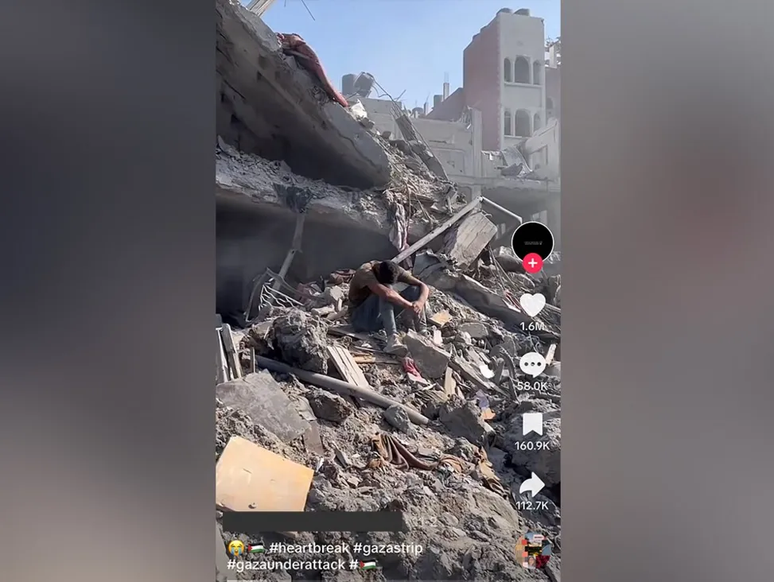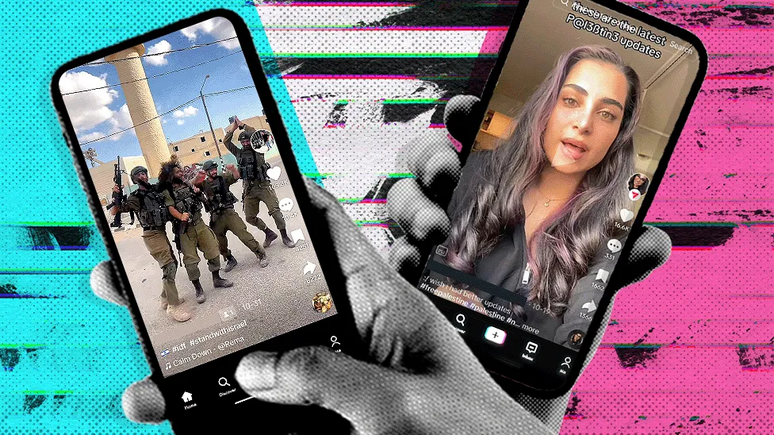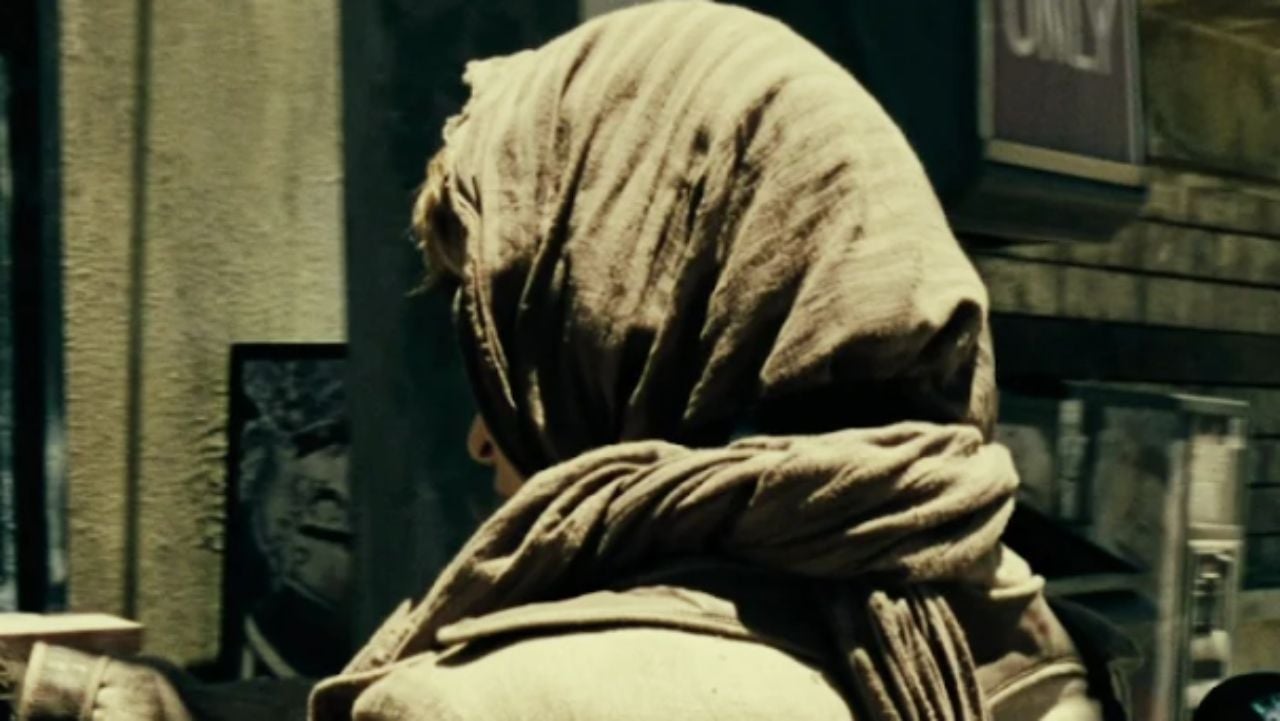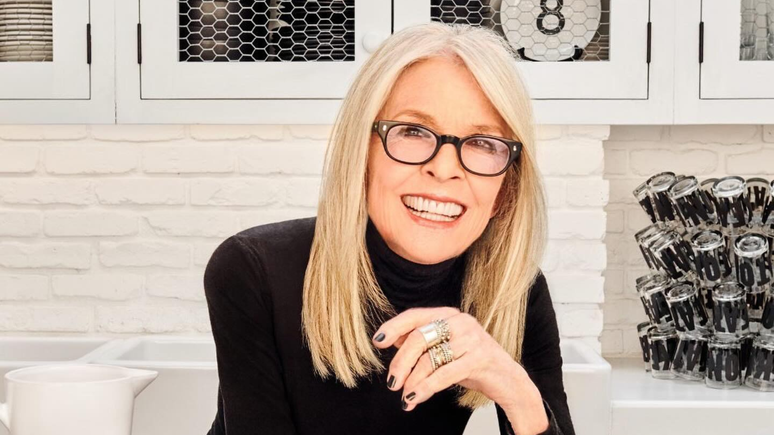Questions remain about the extent to which each side – both the Israeli government and Hamas, which controls Gaza – is involved in encouraging or targeting unofficial content.
Young or old. TikTok or X. Pro-Israel or pro-Palestine. Your social media feeds are unique to you. Could they influence your view of the war between Israel and Gaza?
When I open my feed on TikTok, two videos play back to back. The first shows four Israeli soldiers dancing with weapons, against a blue sky. The other involves a young woman speaking from her bedroom, with a prominent pro-Palestinian caption.
TikTok’s algorithm will determine what type of videos I want to watch and recommend similar content based on which of the two videos I watch until the end.
The algorithms work similarly on other social media platforms, meaning some users are being directed towards increasingly controversial content about Israel and Gaza that only reinforces their existing opinions and prejudices.
This is relevant because conversations on social media can shape public opinion and normalize rhetoric that spills over offline, into protests and beyond.
This includes the UK, where social media appears to have encouraged many people who are not normally politically active to take action.
Layla Moran, a Liberal Democrat MP whose mother is Palestinian, tells me that she and other politicians are receiving a “huge amount” of messages, including from young people, urging a ceasefire.
They were apparently inspired to take action by “TikTok videos and Instagram reels shared via WhatsApp.”
“For anything that’s very elaborate, their initial instinct is to not trust it. They expect it to be misinformation,” Moran says.
Conservative MP Andrew Percy, vice-president of the Conservative Friends of Israel group, says the war has “received less engagement and communication from residents” in his constituency than other issues.
However, he says: “Much of the content shared is problematic and anti-Semitic. This was a real problem before the conflict – and this time social media has accelerated it.”
Contrasts on TikTok
So what’s getting the most attention on TikTok and for whom?
My TikTok feed is constantly dotted with videos that are adamantly pro-Israel or pro-Palestine, with opposing factions often criticizing each other’s content. And it is precisely pro-Palestine content that seems to be most popular among Generation Z users, i.e. people born between 1997 and 2012.
Videos on TikTok with the hashtag “istandwithisrael” have amassed more than 240 million views, compared to more than 870 million views for videos using the phrase “istandwithpalestine.”
This is similar to other video platforms popular with younger users.
Many of these videos have been published since Hamas – designated a terrorist group by the United Kingdom and other Western powers but not Brazil – attacked Israel on October 7, but some predate that period.
In terms of content, there is a clear difference between what each party to the conflict likes best.

For example, videos of bloggers on the ground in Gaza – and pro-Palestinian users commenting on the war between Israel and Gaza from their bedrooms – elicit the most positive reaction among younger users.
Meanwhile, Israeli Defense Forces soldiers’ content appears more refined and carefully crafted, trying to adapt to TikTok’s viral trends.
Questions remain about the extent to which each side – both the Israeli government and Hamas, which controls Gaza – is involved in encouraging or targeting unofficial content.
Hate and polarization
I reached out to several TikTok users to find out more, including an Israeli soldier named Daniel.
In his most popular video, with 2.1 million views, he and three other soldiers – currently serving in the military – can be seen dancing with guns several days after the October 7 attacks.
His videos have since had fewer views, around 10,000 each.
It can be difficult to predict when a video will go viral on TikTok.
A large drop in views could indicate that users are not as receptive to these videos as they once were – especially as violence spreads in Gaza – and, as a result, these videos are not being recommended as widely by algorithms.
It’s also worth noting that a high number of views does not necessarily correlate with positive user reception.
Videos can be shared and widely criticized.
Users on TikTok often “stitch” posts, where they repost a video accompanied by their reactions to it.
Source: Terra
Rose James is a Gossipify movie and series reviewer known for her in-depth analysis and unique perspective on the latest releases. With a background in film studies, she provides engaging and informative reviews, and keeps readers up to date with industry trends and emerging talents.




![Un Si Grand Soleil preview: Thursday 16 October 2025 episode recap [SPOILERS] Un Si Grand Soleil preview: Thursday 16 October 2025 episode recap [SPOILERS]](https://fr.web.img6.acsta.net/img/23/e8/23e803cee5b560481303033f6e86fd7e.jpg)

